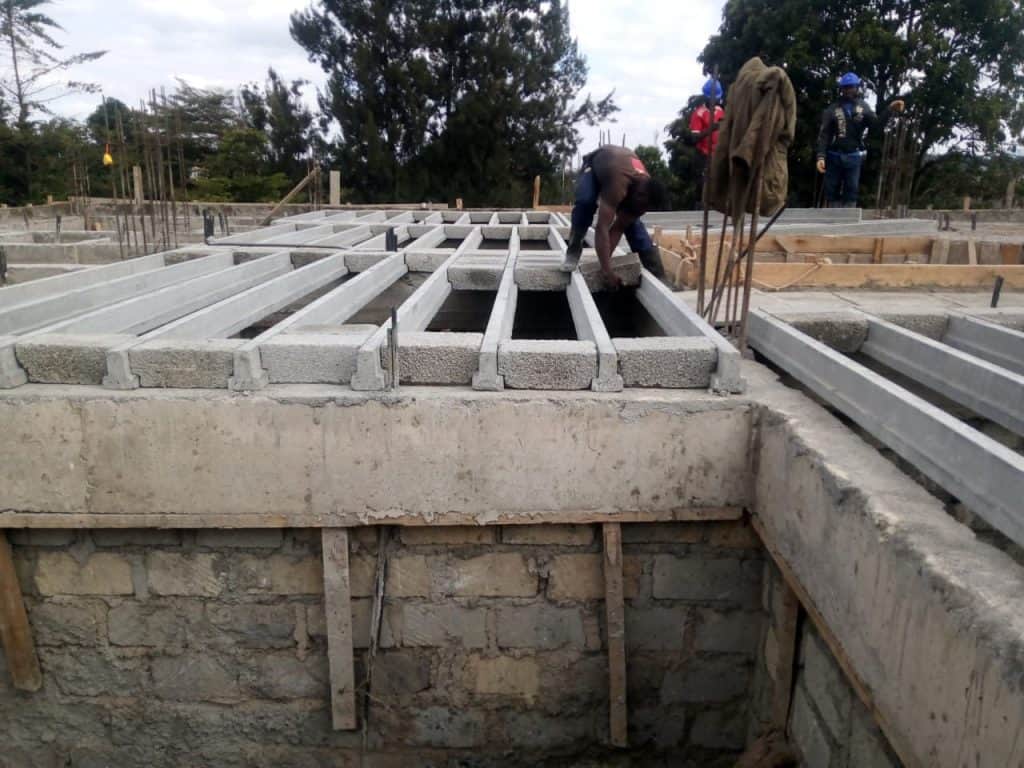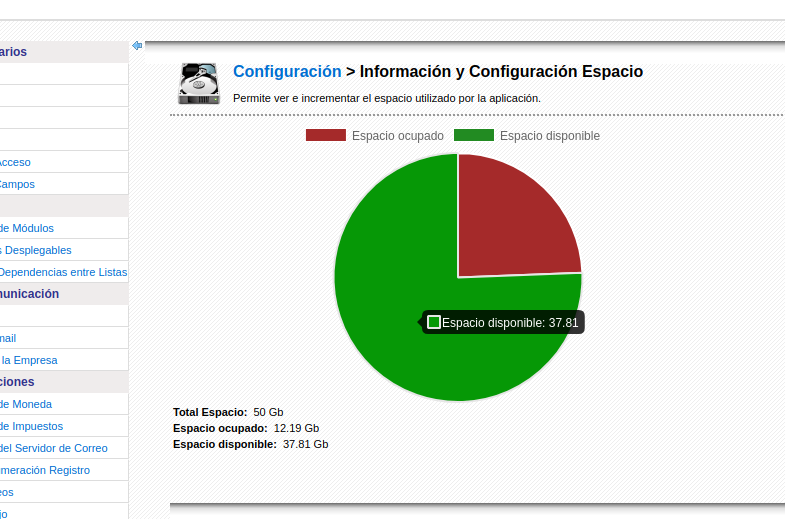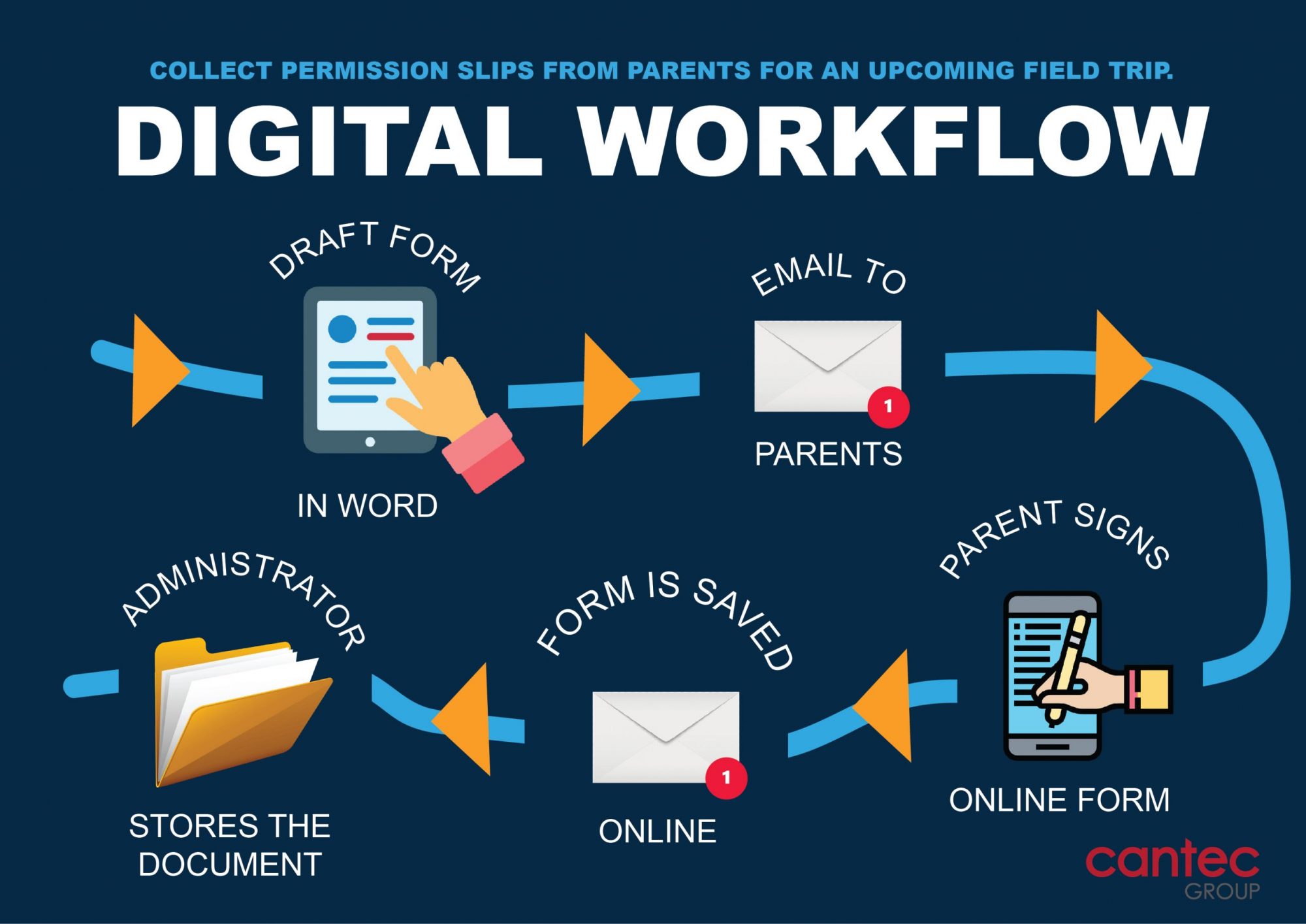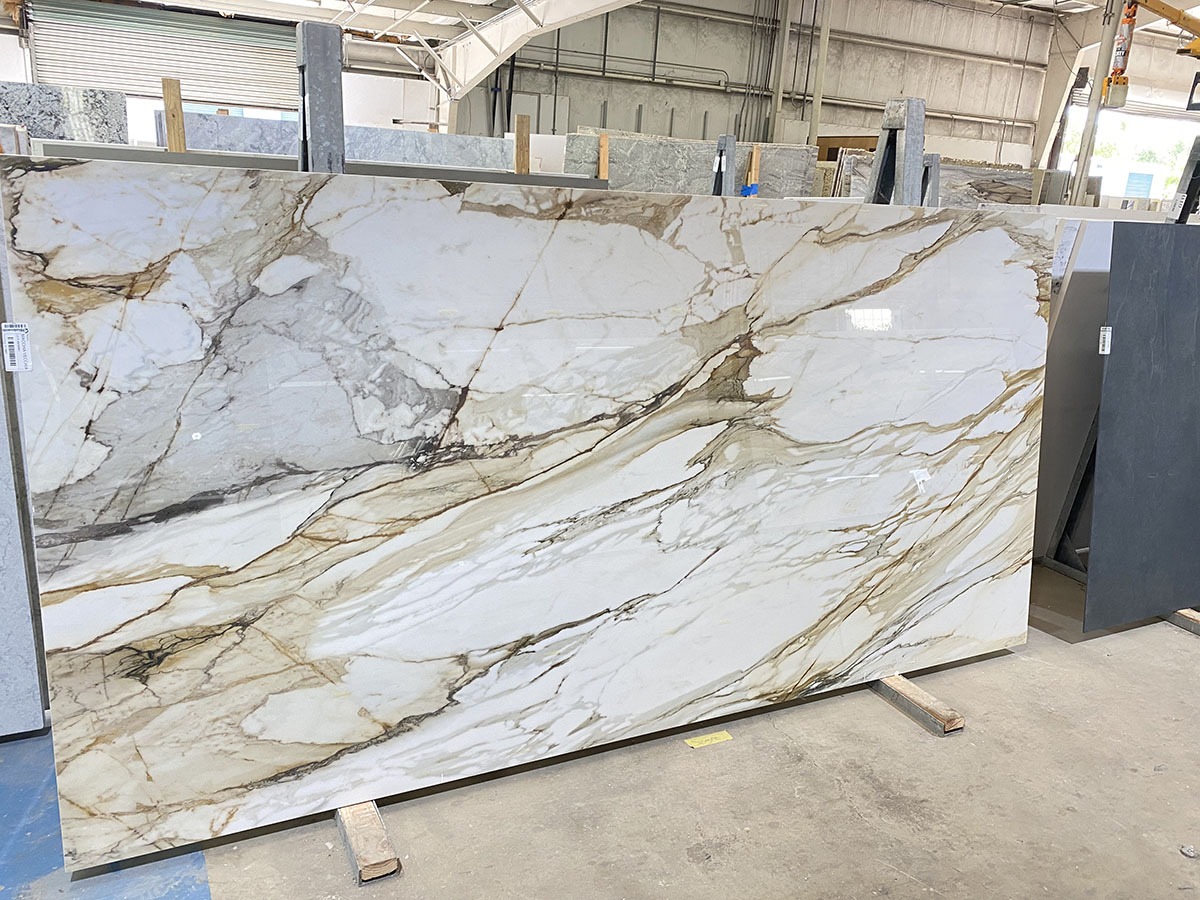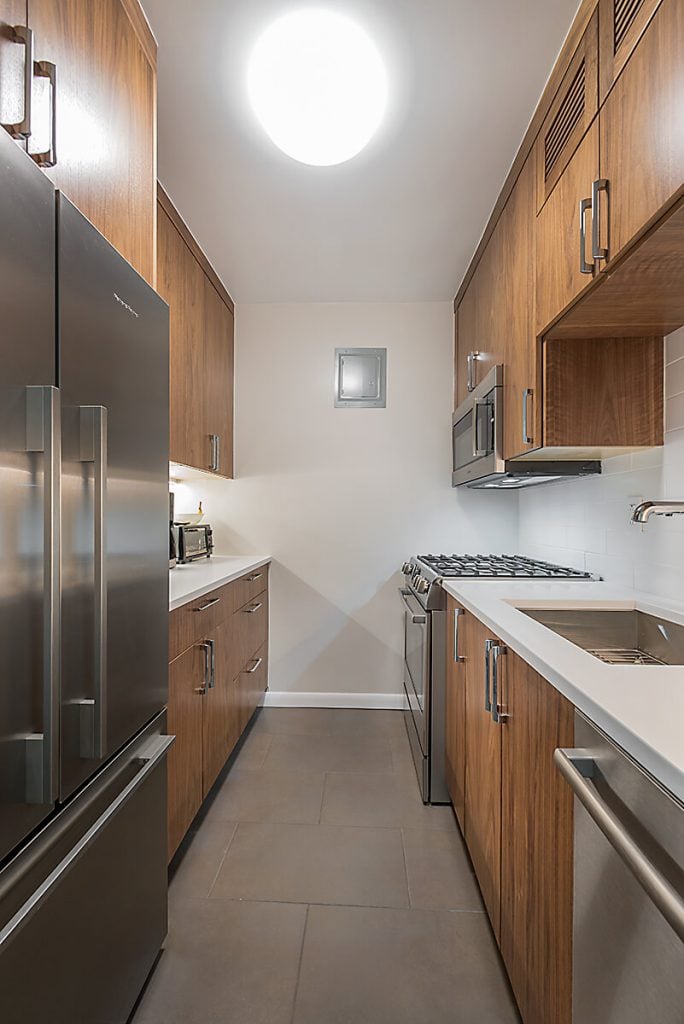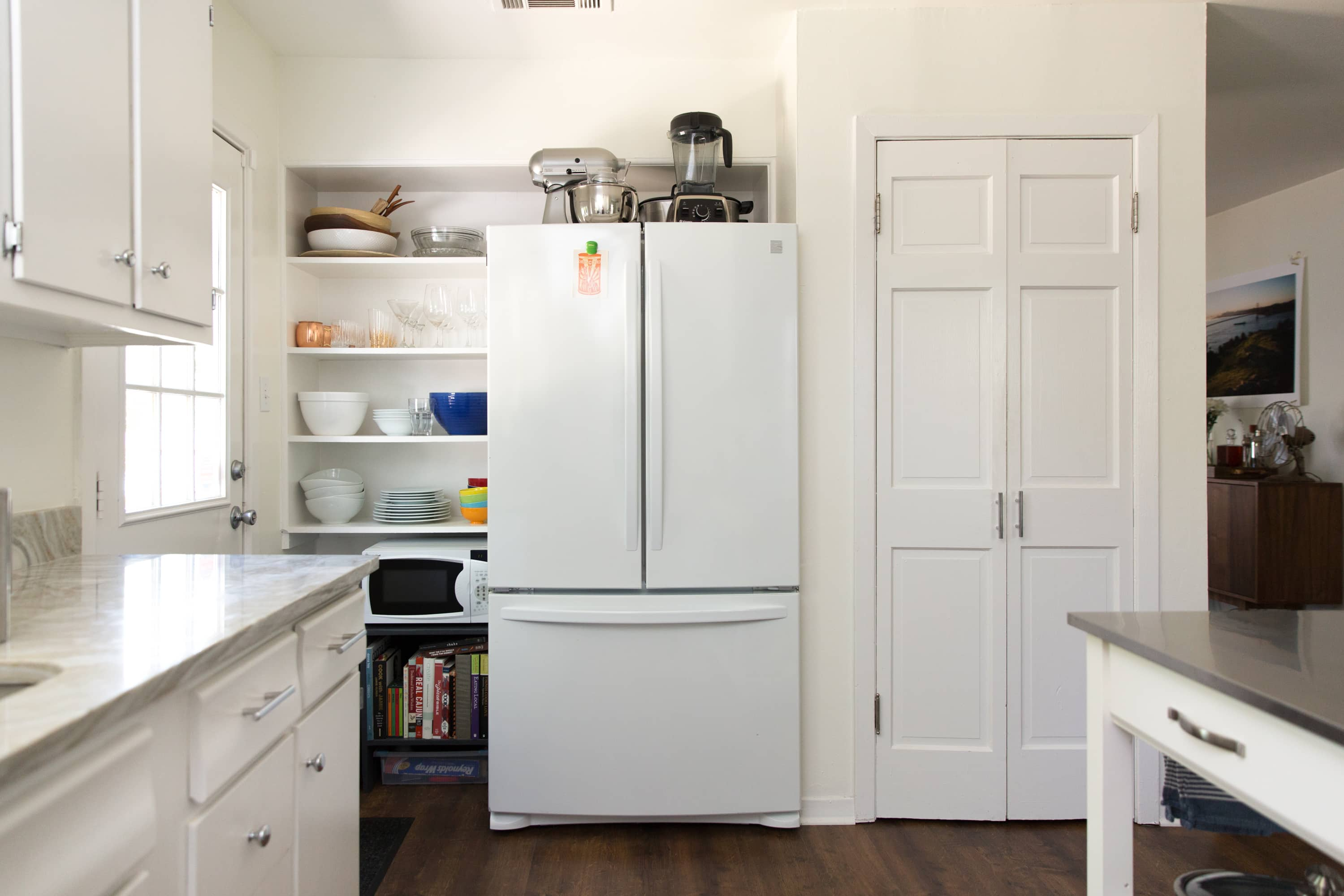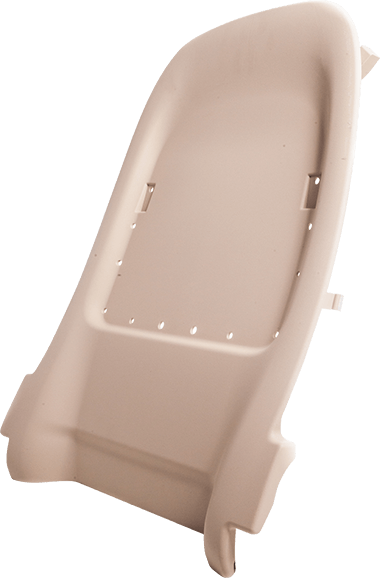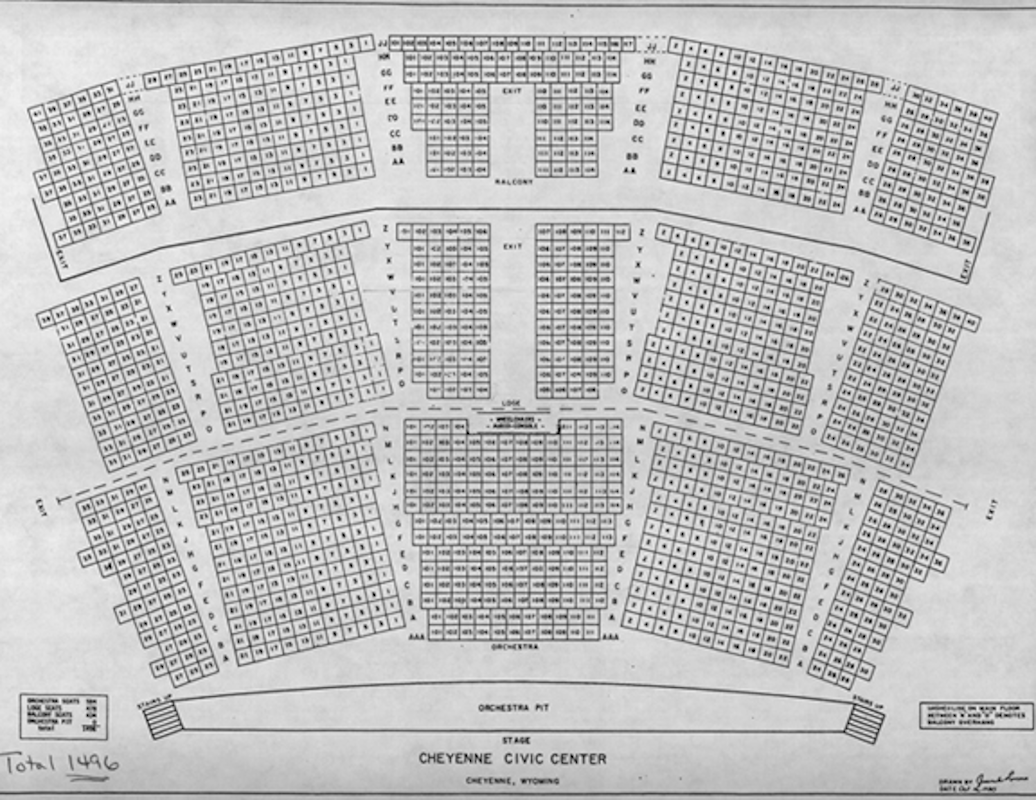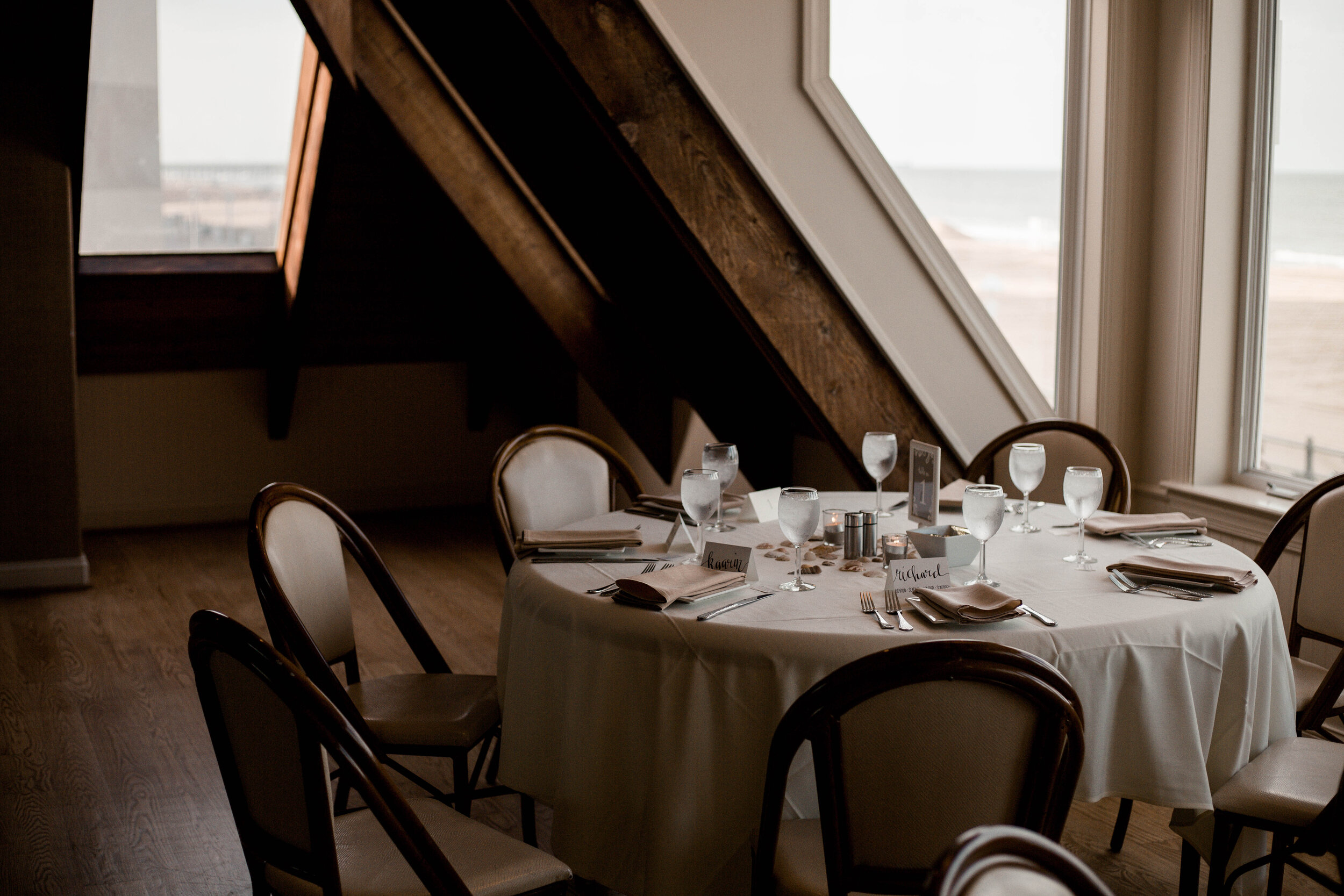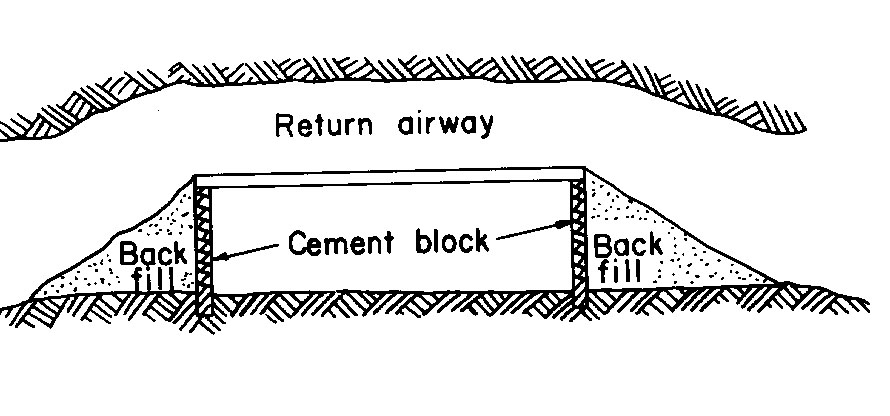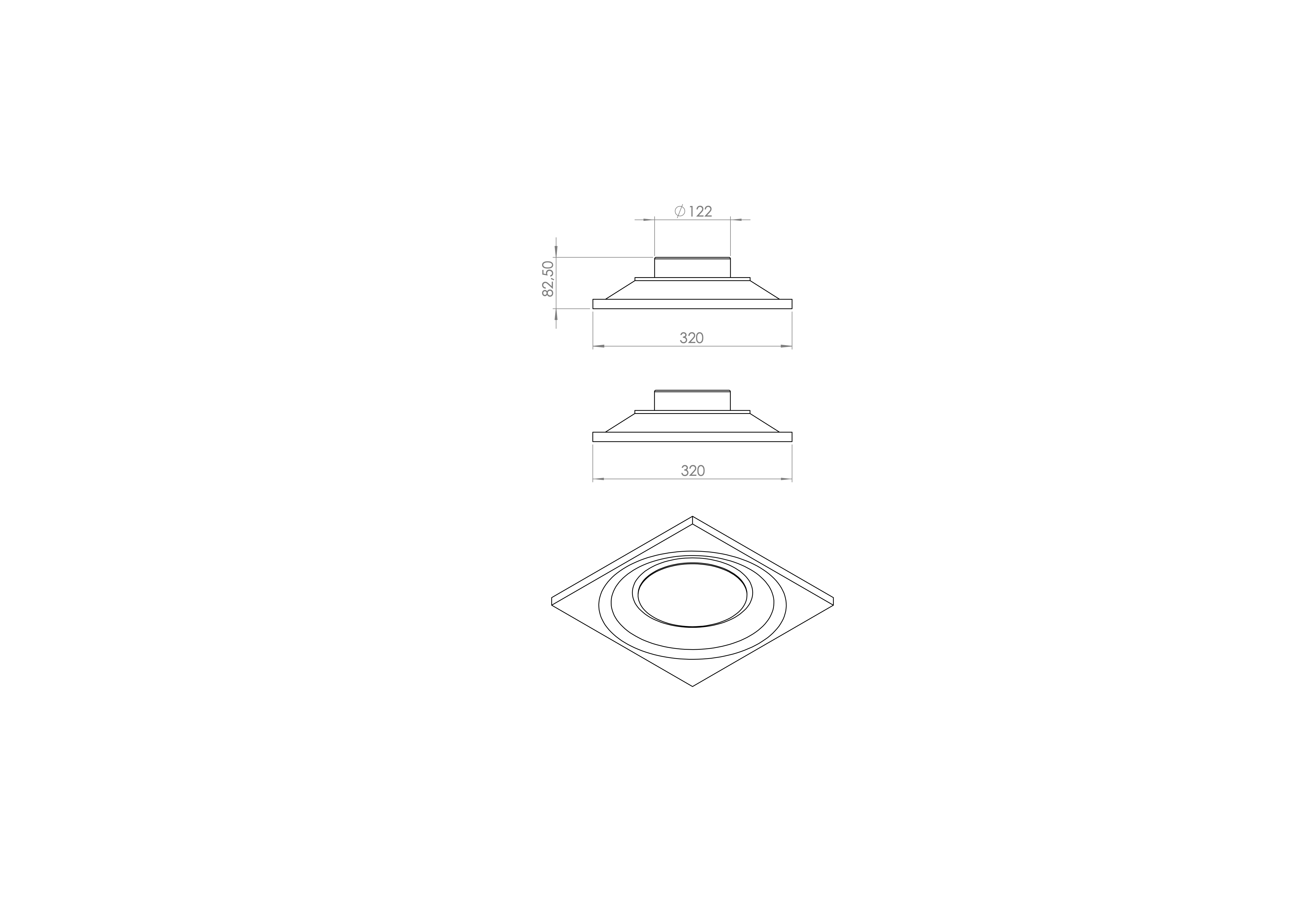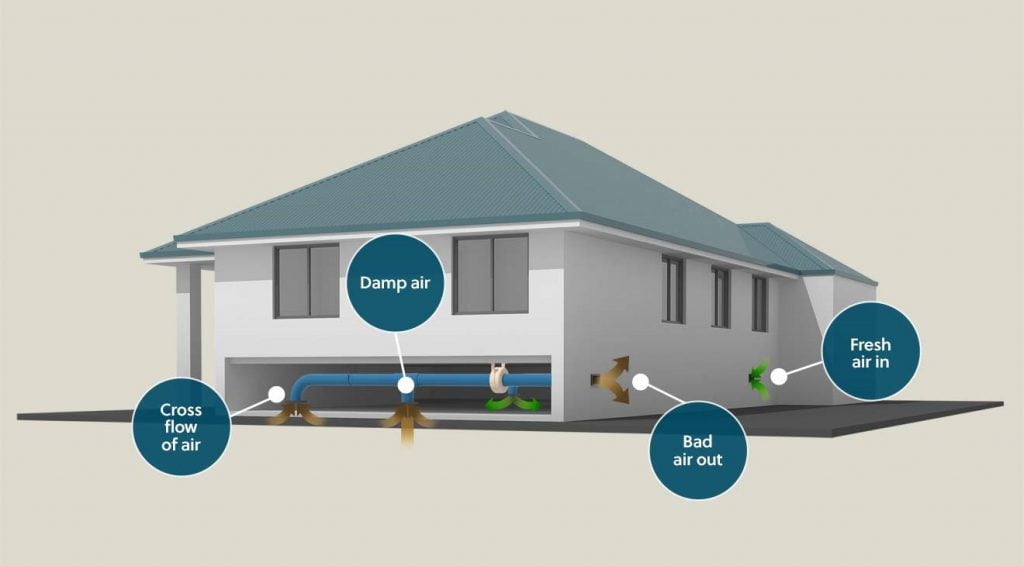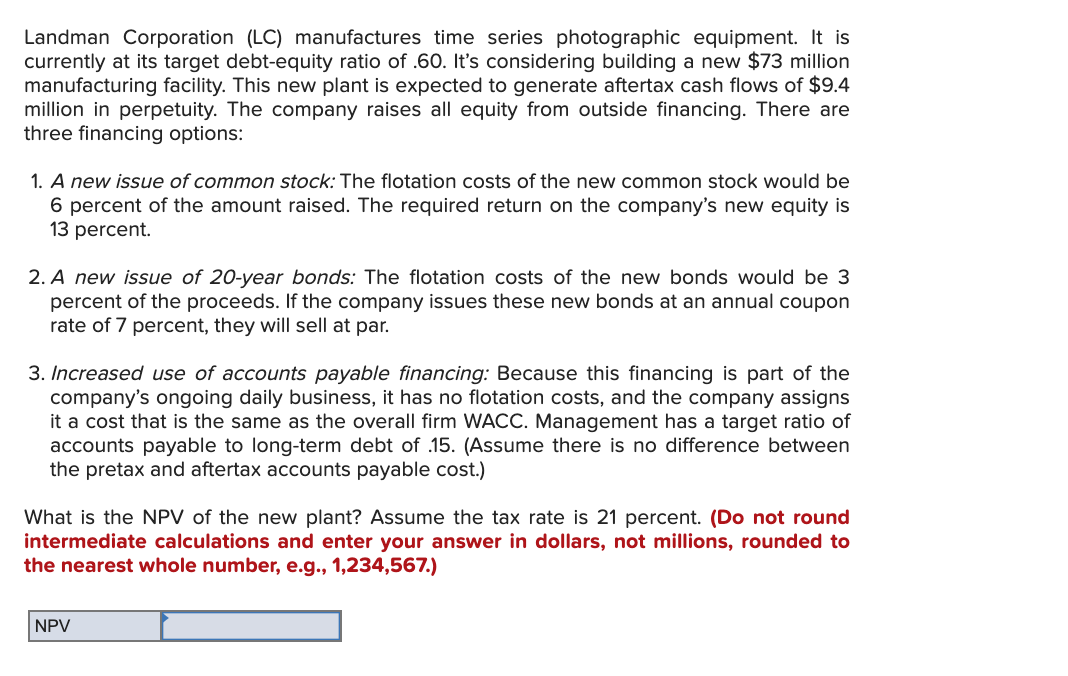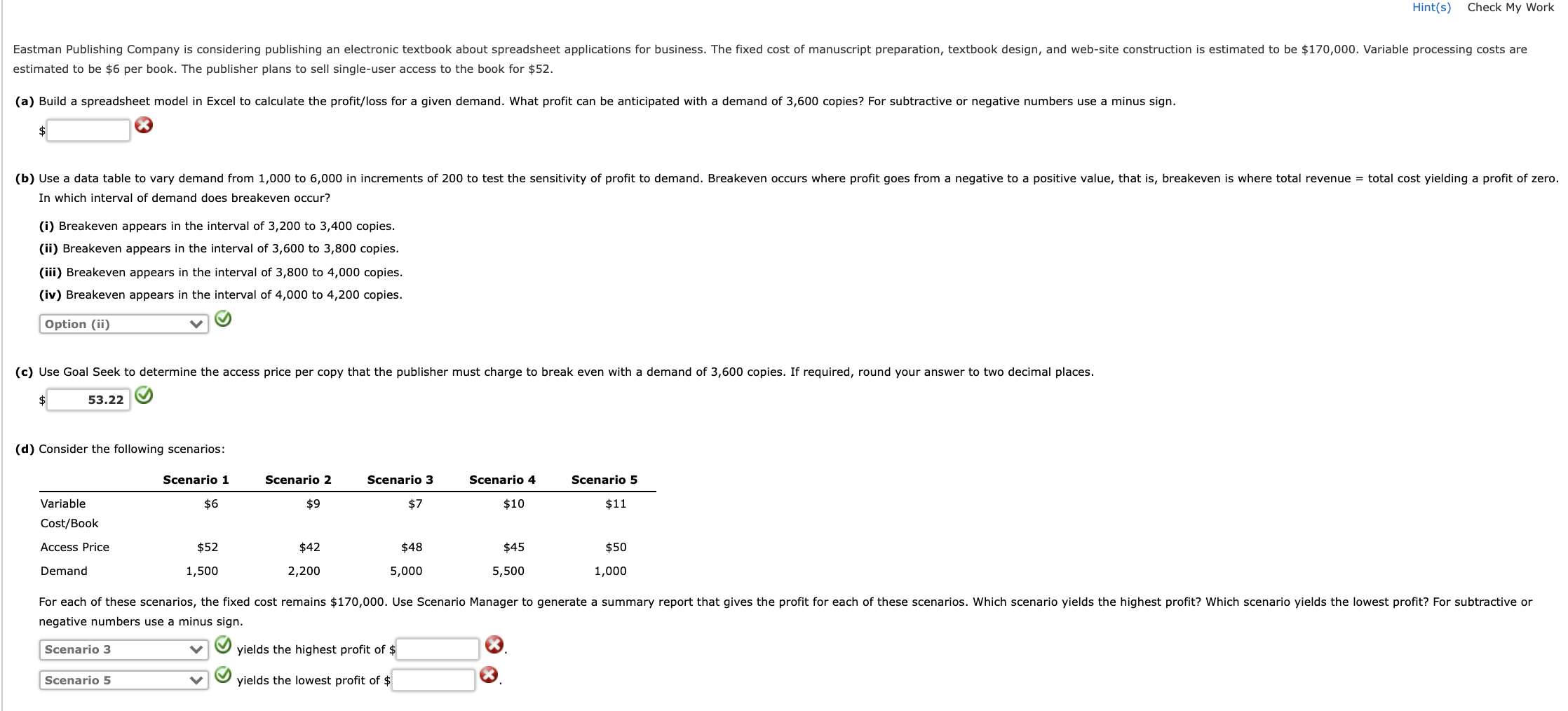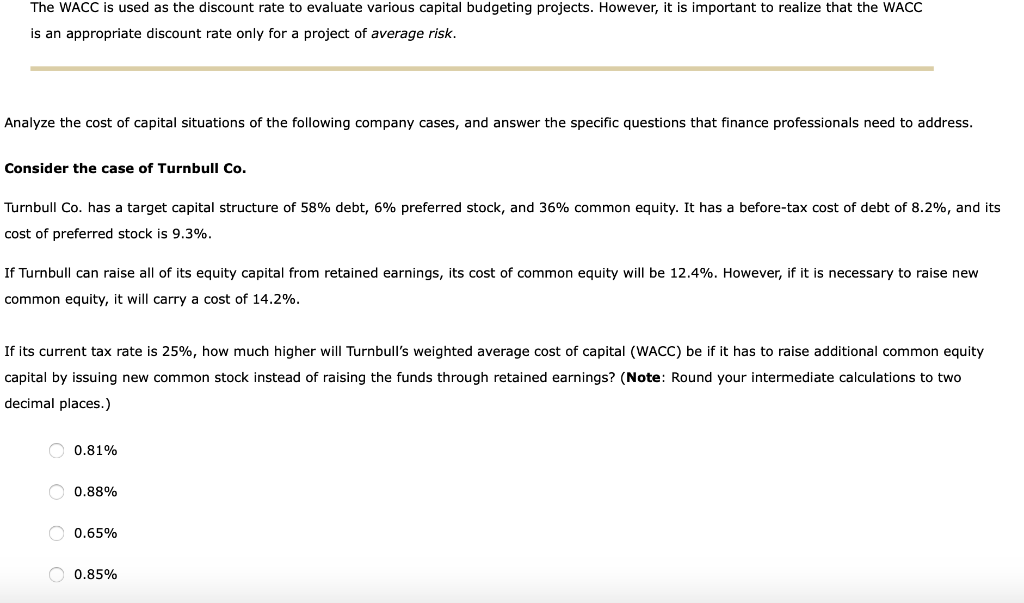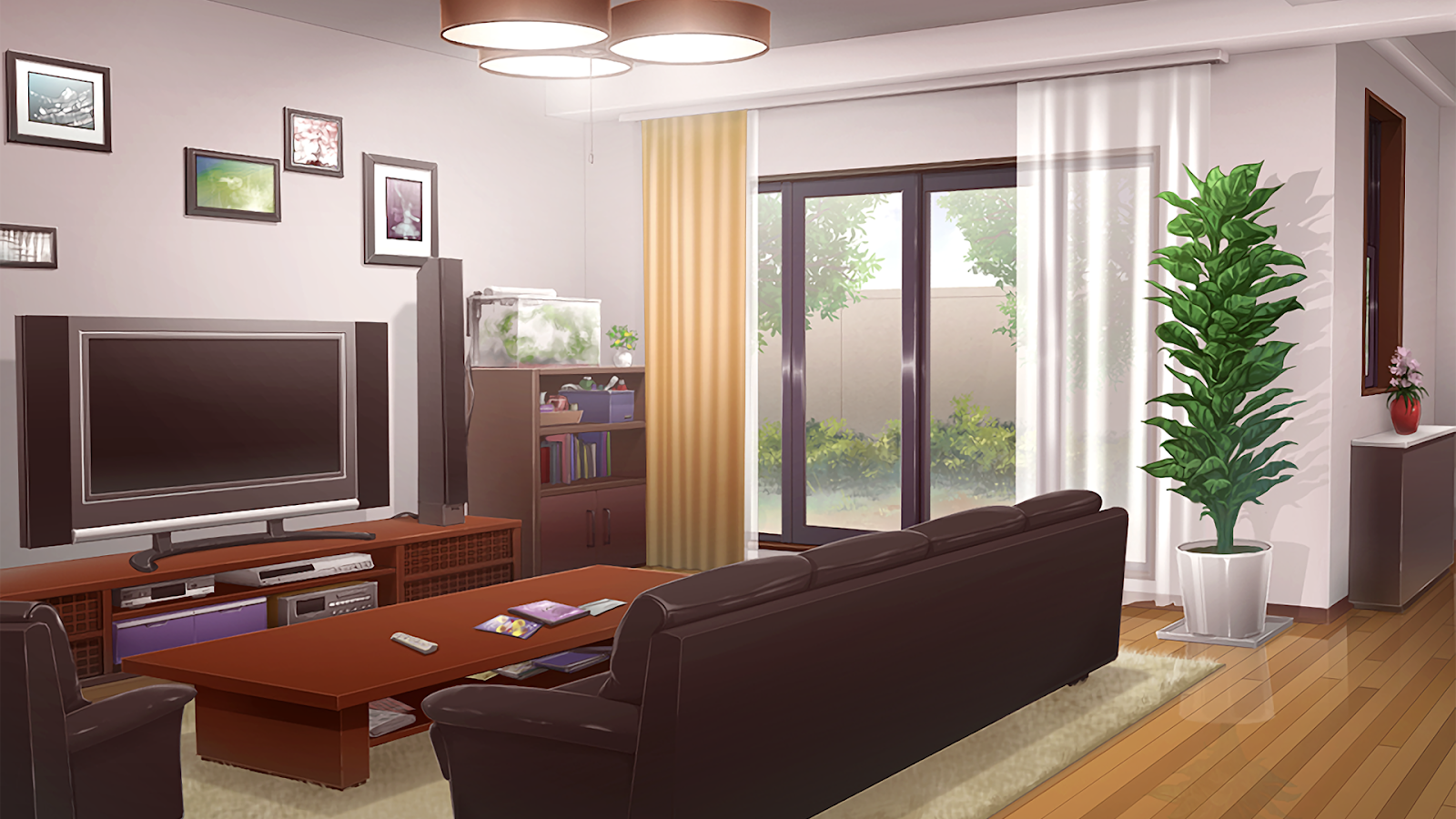One of the biggest mistakes homeowners make when designing a kitchen island is not considering its placement or size. A kitchen island should be strategically placed to allow for easy movement and enough space to work around it. It should also be sized appropriately for the kitchen, not too big that it takes up too much space or too small that it becomes useless. When planning your kitchen island, take into consideration the overall layout of your kitchen and consult with a professional if needed to ensure it is placed and sized correctly.1. Poorly placed or sized island
A kitchen island is not just a decorative piece, it should be functional as well. One common mistake is not including enough storage space in the island. This can lead to cluttered countertops and a disorganized kitchen. Make sure to plan for enough cabinets, drawers, and shelves in your island to store your kitchen essentials. Utilize the vertical space by adding shelves or opting for deeper drawers. This will not only add functionality to your island but also help keep your kitchen organized and clutter-free.2. Lack of storage space
When designing a kitchen island, it's important to consider the workflow in your kitchen. The island should not impede the natural flow of your kitchen, but rather enhance it. Make sure there is enough space between the island and other kitchen elements such as the stove, sink, and fridge. This will allow for a smooth and efficient cooking experience. Additionally, consider the placement of appliances in the island, such as a dishwasher or a mini-fridge, to ensure they don't disrupt the workflow.3. Not considering workflow
The materials you choose for your kitchen island can make or break its overall look and functionality. It's important to choose materials that are durable and easy to maintain, as the island will likely be used for food preparation and dining. Avoid materials that are easily scratched or stained, and opt for ones that are heat and water-resistant. Additionally, consider the aesthetic of your kitchen and choose materials that complement it. Don't be afraid to mix and match different materials for a unique and stylish look.4. Choosing the wrong materials
One of the main purposes of a kitchen island is to provide additional counter space, so not having enough defeats the purpose. When designing your island, make sure to include enough counter space for food preparation, cooking, and serving. A good rule of thumb is to have at least 24 inches of counter space on each side of the sink and stove. This will ensure there is enough space for multiple people to work and move around the island comfortably.5. Not enough counter space
If your kitchen island has enough space, adding seating is a great way to make it a multifunctional space. However, one common mistake is not considering enough seating options. Make sure to plan for enough seating to accommodate your family and guests. This can be in the form of bar stools, chairs, or a built-in bench. Additionally, consider the height of the seating to ensure it is comfortable and functional for dining or casual gatherings.6. Not enough seating
Proper lighting is crucial for any kitchen, especially the island. Not considering lighting options for the island can result in a poorly lit and uninviting space. Pendant lights are a popular choice for kitchen islands as they provide both task and ambient lighting. Make sure to choose lights that are the appropriate size and height for your island. Additionally, consider adding under cabinet lighting to further enhance the functionality and visual appeal of your kitchen island.7. Not considering lighting
With all the cooking and food preparation happening on the kitchen island, it's important to have proper ventilation in place. Not considering this can lead to a smoky and unpleasant kitchen. If your island has a stove or a cooktop, make sure to install a ventilation hood that is appropriately sized for the space. If your island has a sink, consider a downdraft ventilation system. Proper ventilation will not only improve the air quality in your kitchen but also prevent any potential fire hazards.8. Not factoring in ventilation
While functionality is important, the design aesthetic of your kitchen island should not be overlooked. It's important to choose materials, colors, and finishes that complement the overall design of your kitchen. Make sure the island doesn't clash with the rest of the kitchen, but rather ties everything together. Incorporate elements such as a pop of color, unique textures, or decorative lighting to make your kitchen island a statement piece in your kitchen.9. Not considering the overall design aesthetic
Designing a kitchen island can be a daunting task, which is why it's important to consult with a professional designer. They can offer valuable insights and help you avoid common design mistakes. A designer can also help you create a functional and aesthetically pleasing island that fits your specific needs and preferences. Don't be afraid to seek professional help, as it can save you time, money, and headaches in the long run.10. Not consulting with a professional designer
Avoid These Common Kitchen Island Design Mistakes

Are you planning to add a kitchen island to your home? You may have seen countless gorgeous kitchen island designs on Pinterest and home design magazines, but not all of them may be suitable for your space. Before you make any final decisions, be sure to avoid these common kitchen island design mistakes.
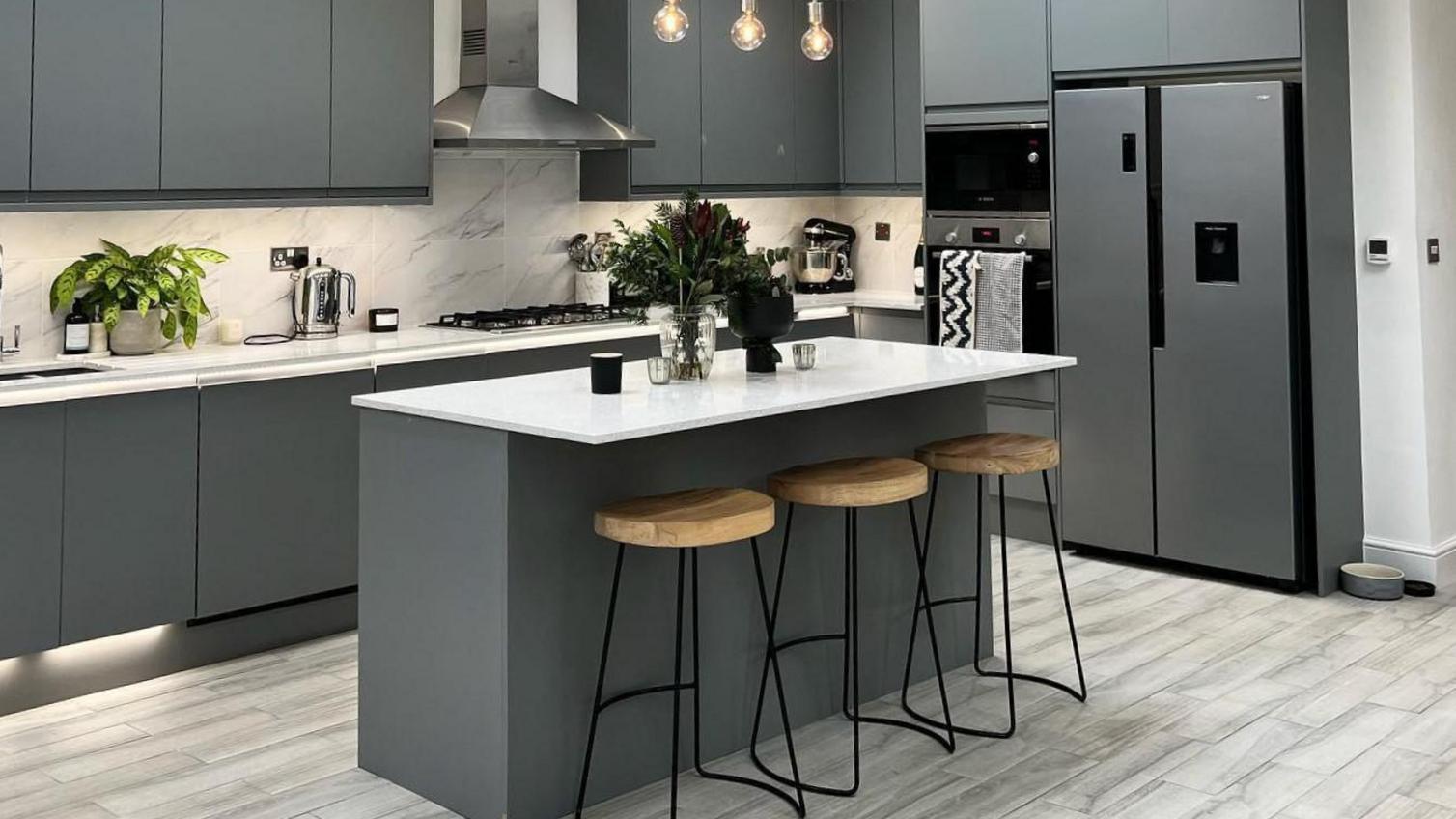
First and foremost, it's important to consider the size and layout of your kitchen before choosing a kitchen island design. Too often, homeowners are tempted to go for a large and elaborate island, but if your kitchen is on the smaller side, it can end up taking up too much space and making the room feel cramped and cluttered. On the other hand, if you have a larger kitchen, a small and insignificant island can look out of place and lack functionality.
Another mistake often made when designing a kitchen island is not considering its purpose and functionality. Kitchen islands can serve multiple purposes, such as extra storage, additional seating, or a prep space. However, if you don't have a clear idea of what you want to use the island for, you may end up with a design that doesn't meet your needs. For example, if you primarily need extra storage, a design with open shelves may not be the best choice.
When it comes to kitchen island design, it's also important to consider the flow and traffic in the space. A poorly placed island can disrupt the smooth movement in the kitchen and make it difficult to navigate around. Make sure to leave enough space between the island and other kitchen elements such as cabinets and appliances to ensure easy movement.
Additionally, don't forget to think about the style and design of the rest of your kitchen when choosing an island. Your island should complement the overall aesthetic of the space and not stick out like a sore thumb. If you have a modern kitchen, a rustic or traditional island may not fit in well and vice versa.
Lastly, don't overlook the importance of adequate lighting for your kitchen island. Lighting can make or break the functionality and ambiance of the space, so be sure to incorporate proper lighting above the island. This can include pendant lights, recessed lighting, or a combination of both.
Avoiding these common kitchen island design mistakes can help you create a functional and beautiful addition to your kitchen. Remember to consider the size and layout of your kitchen, the purpose and functionality of the island, the flow and traffic in the space, the overall style and design, and proper lighting. By keeping these factors in mind, you can design the perfect kitchen island for your home.


















